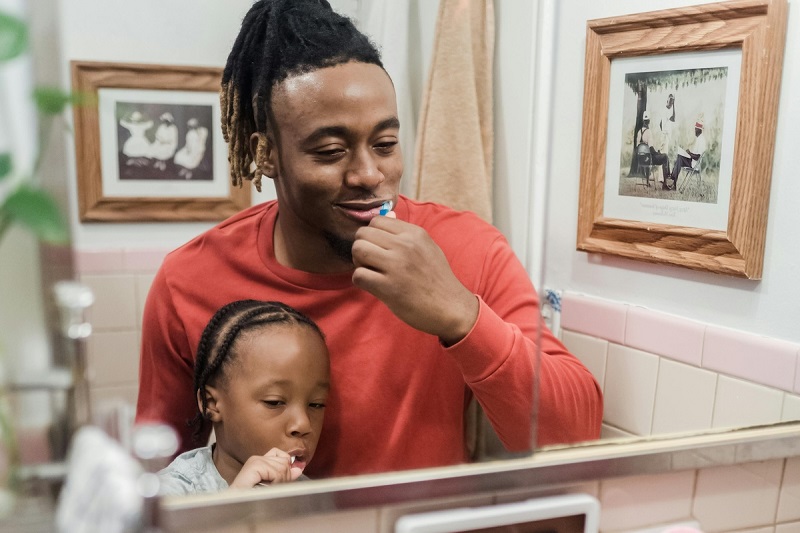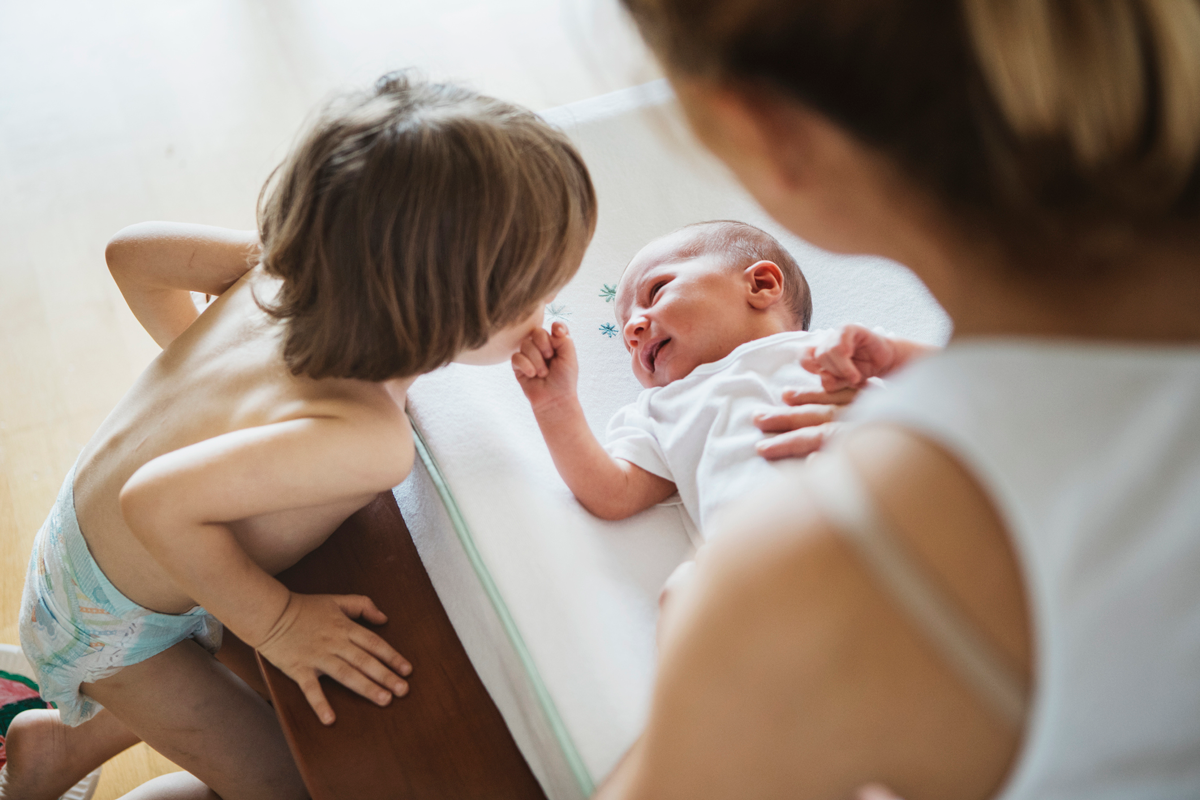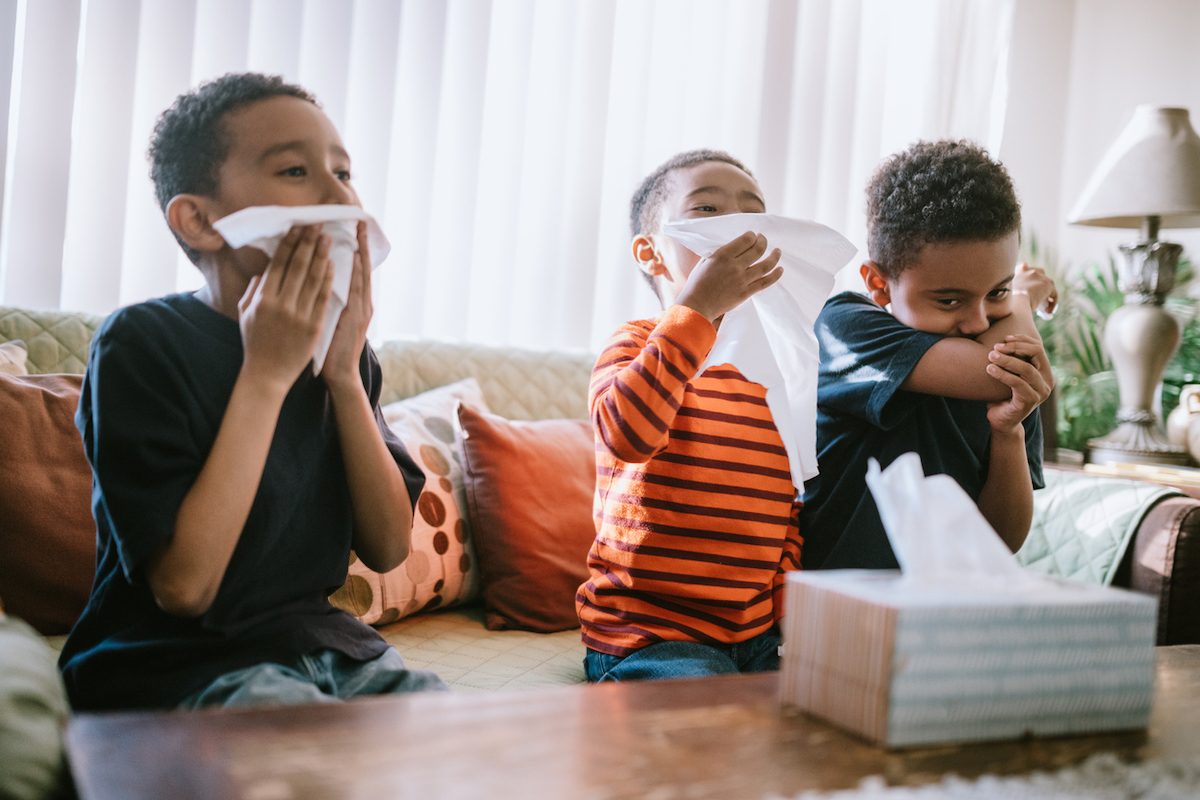Is there any data to show that children who look more like one parent also inherit more character traits, mannerisms, etc. from that parent? I swear my son who looks more like my husband than me also has more of his temperament/behaviors, and vice versa for my other son who looks more like me.
—Curious mom
This is such an interesting question! There is no data, but we can use some logic to answer it.
The first piece of this is genetics. Your child inherits half of their genes from you and half from your partner. Everyone has two copies of each of their 23 chromosomes — half are inherited from mom, half from dad. Your child’s genetics will, in large part at least, determine how they look.
However, the relationship between genetics and appearance is very complicated — there’s not, like, one gene for face shape. If your child looks more like your husband, it could suggest that they inherited a larger share of the “appearance” genes from him.

This does not, however, mean that the child will inherit a larger share of other genes that influence mannerisms, behavior, etc. These are different genes, so there’s no sense in which getting one set would suggest you get another. There are ways this could work out — for example, if there were one gene for face shape and one for mannerisms and they were on the same chromosome, then they’d go together. However, all of these aspects of appearance and behavior are so complex that it’s not just one gene, so this is unlikely to be what is going on.
I do wonder, though, whether there is some socialization that matters here. If your child looks just like your husband, maybe he hears that frequently and then starts to echo that parent’s behaviors as well. In a sense, the appearance overlap could be driving the behavior overlap, rather than both occurring on their own.
I should say that as kids age, this can change. So that child who looks like your partner now may be the spitting image of you in a few years.


















Log in